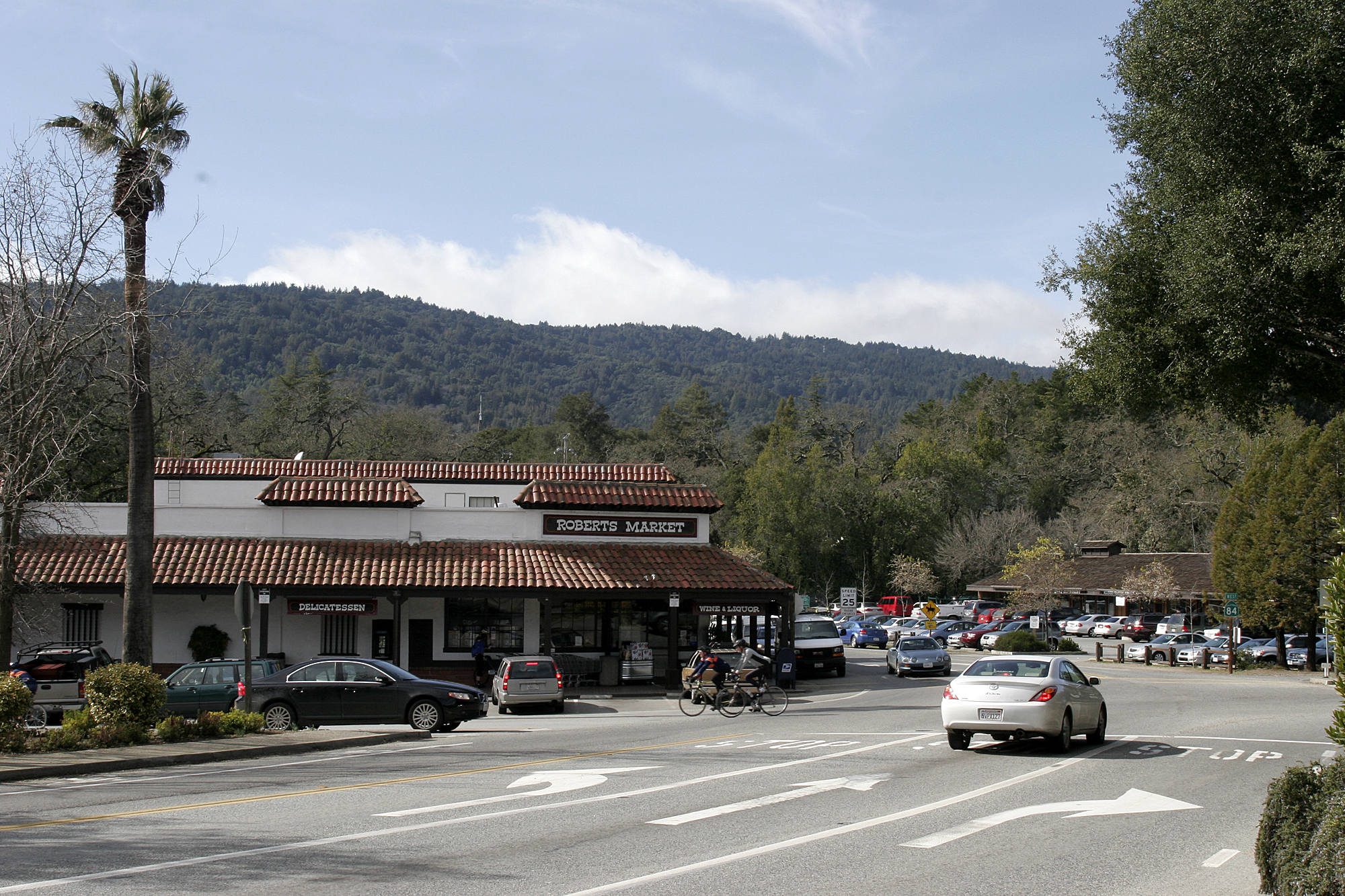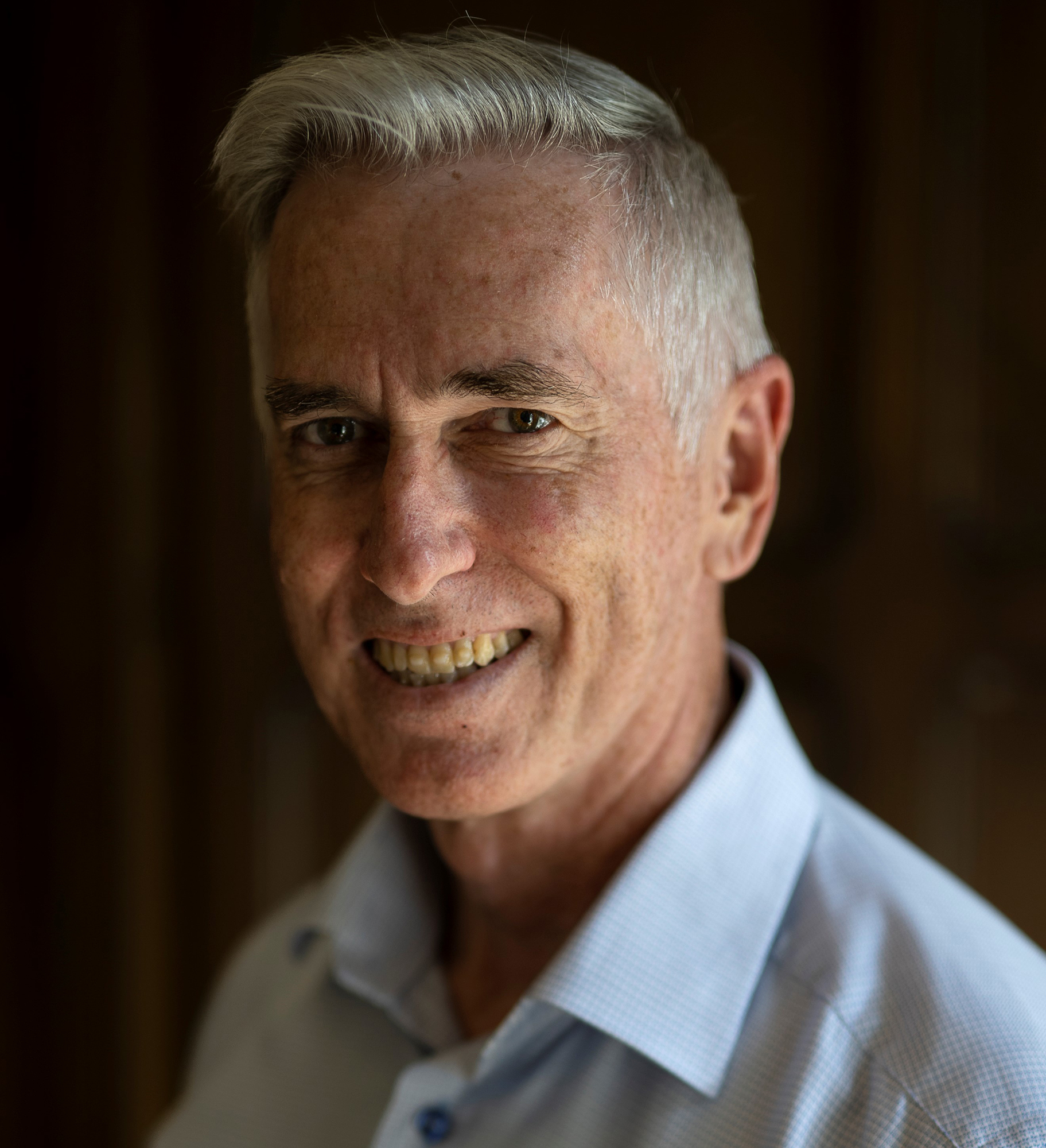Like many other mayors in California, Chris Shaw expects to spend a good part of 2023 focused on producing an acceptable housing plan.
The eight-year plan for 328 new units, called a housing element, is due on Tuesday, Jan. 31, and has been in the works for about two years now. Although officials like Shaw have begrudgingly gone along with the state's housing mandate, he said he's happy with the plan the town has settled on.
"What Woodside has done is a best faith effort to try and find a solution that the state will accept (and) that residents may not accept but feel as if they've been heard throughout the process," he said. "Nobody buys a single family home anywhere and thinks, 'This neighborhood is really missing a three-story apartment block.' It's a fair statement people don't like to say out loud."
Shaw, who just stepped into his second term as mayor, noted that he understands there is a housing shortage and he is very committed to finding a way to help young couples, who want to start families, be able to own homes in Woodside. Many aren't "wealthy or lucky enough yet" to do that. He said including town-owned properties in the housing plan makes that much more likely, as the town could partner with an organization to build affordable housing on land that's expensive.
"We are an older, aging demographic," he said. "How do we keep our school afloat, and bring fresh families into our community? That is one of the things that is paramount for the survival of any municipality."
The Town Council will meet at 7 p.m. on Jan. 31 for a special meeting to review and send the town's housing element to the state Department of Housing and Community Development.
In his interview with The Almanac, Shaw emphasized that it's difficult for a mayor to get a pet project done during the 12-month term, but still shared what the town will be focused on during the next 11 months.
Parking and traffic
A lack of parking in Woodside's town center and throughout town, along with traffic, has been a long been a concern for Shaw and others.
He expects the issue to bubble up to the surface this year, as an application is currently being reviewed by staff to develop 45 parking spaces at CaÒada Corners, mostly for employees of nearby businesses. This new parking is possible through Measure A, a ballot initiative that passed in fall of 2021.
"The idea is the new parking would replace those spots taken up by outdoor dining out front," he said. "There's a huge number of people working here and they've got to park somewhere. ... Anytime you change the status quo, human nature is, 'we don't like change.'"
Committees have taken a look at the plan, but it will need to be approved by the Planning Commission and then by the Town Council.
By February or March, Shaw hopes to put together a volunteer committee to begin looking at parking throughout town and come up with recommendations to the council.
"There's very, very limited parking," he said. "Virtually all of it is on private land. ... We need to bring together private and public property owners to see what can be done. It's a very thorny issue."
On one side there is a very vocal group who would like to make it exponentially more difficult to park in Woodside, who support the idea of outsiders not coming to Woodside and would like to turn the clock back to 1950, he said.
"I don't know that that's a viable solution to the issues we're looking at," he said. "One thing is abundantly clear is nobody is happy about it. Let's at least have a conversation about it."
Traffic is also something he wants to address this year. Infrastructure hasn't changed much in the 30 years he's lived in town. With almost 400 units of housing expected to be built over the next eight years, that will likely need to change, he said.
"How do the roads handle that?" he said.
More people have been coming to Woodside to ride their bikes since the pandemic hit in 2020. He'd like to see more people walking around town, which is why the town invests in the Safe Routes to School program.
Wildfire danger
Although in recent weeks the Midpeninsula has been stuck in a rainy pattern, Shaw is fully aware that come summer, the threat of wildfire will return.
"It won't be very long until we're seeing days in the 90s and dry weather," he said.
The California Department of Forestry and Fire Protection and the Woodside Fire Protection District are working on updating their fire hazard severity maps. Woodside Fire will likely come to both Woodside and Portola Valley with recommendations on how to reduce wildfire risk and the towns will need to come up with funding for the projects, he said.
The town must continue to plan for how to evacuate residents in the event of an emergency.
He does worry about increased housing density contributing to a wildfire being catastrophic.
"What's coming out now is density is a huge contributor," he said.
He said it's ironic that the state is demanding towns in the WUI (wildland urban interface) want to increase density in these very high fire severity zones.
Shaw said he doesn't ever want to be in a position of being asked, "Why didn't you anticipate a wildfire?"
"We're trying continuously to make citizens aware of the threat and willing to invest public dollars to protect people homes," he said. "There are countless example of fires wiping out towns."
Other projects
Shaw said he wants to find a way to encourage homeowners who are doing major remodels to put in meaningful water storage systems (he said he put in a 150,000-gallon water system into his home to capture rain water for irrigation).
He'd like to look at incentives the town can provide in building and planning to help residents install those types of systems.
"We live in an area where water is a finite resource," he said.
Shaw also said he wants to bring high speed internet and telecommunications to Runnymeade and Raymundo roads.
"Large providers don't care because there are not enough customers (on those streets)," he said. "The town can step in and fill that void."




Comments